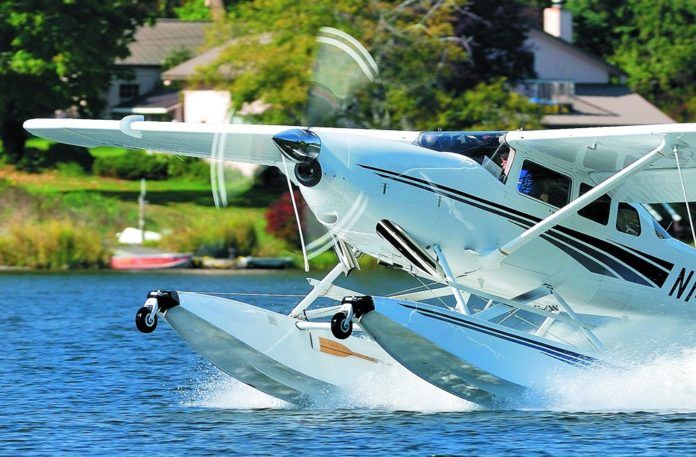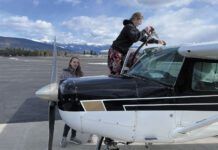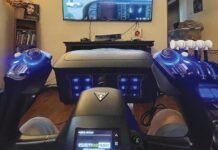With fresh seaplane rating in hand and your chest puffed out with seaplane pilot ego, thoughts turn to actually renting a seaplane to feed your new addiction. Unfortunately, that could be a pipe dream. The buzz-killing reality is that seaplane rentals are few and far between. After surviving the initial training and seeing your instructor (and the examiner) hover centimeters from your controls, you should know why.
Several operations told us insurance matters are the major obstacles in the way of solo seaplane rentals. According to one school, its insurer is we’ll aware of the risks inherent with water operations and gets heartburn at the thought of a five-hour seaplane pilot going it alone. Additionally, it’s too risky for the school to jeopardize the flow of training revenue should a renter break its one-and-only seaplane.
When we asked Jack Brown’s Seaplane Base’s Pat Owens if the school would rent us one of its J-3s on floats, we could hear her laughter echo across the Sunshine State. “Nobody can afford to pay for that kind of insurance,” she told us.
Of course, Brown’s isn’t the only school where you can earn the SES rating, but it’s a firm believer that its fleet of simple J-3s—with oversized Aqua 1500 floats—are more forgiving seaplane trainers than others.
During our research, we learned that Adventure Seaplanes (with locations in Lake Wales, Florida, and Lino Lakes, Minnesota) has available for training and solo rental a Cessna 172L on Baumann 2550 floats, a STOL-equipped Cessna 180 on Aerocet 3500L floats, plus a Cessna 185 on PK3500C floats.
The 172 rents for $250 per hour, or $2500 for a 20-hour block. The 180 is $300 per hour, or $6000 for a 20-hour block. Adventure Seaplanes requires a minimum of 25 hours of seaplane experience and at least 400 hours of land airplane time before it will hand over the keys. It also has a DeHavilland DHC-2 Beaver available for dual instruction for $600 per hour.
In general, the company requires 200 to 400 hours of total time, plus a 10-hour rating with a successful completion of the checkride. If you already have the rating, you can accomplish a checkout in the model you are going to fly solo.
We asked our go-to guy, Jon Doolittle at Sutton James Insurance in Hartford, Connecticut, for his take on the state of insuring seaplanes for rent.
“In the insurance business, not too many of the underwriters really understand seaplanes, particularly when it comes to substantiating logged flight experience,” he said. Don’t assume your current renter’s insurance (or non-owner coverage) policy covers you on floats.
Derek DeRuiter at Northwoods Aviation in Cadlilac, Michigan, told us he will rent the float-equipped Super Cub on his FBO line for solo, but requires the renter have a minimum of 15 hours of seaplane time and the renter must provide the insurance. DeRuiter says Epic Insurance (www.epicinsurancesolutions.com) is a good source.
“My advice for someone serious about gaining experience flying seaplanes after they earn the rating is to go buy something simple—perhaps a Champ—put on some floats, self-insure it (buy liability insurance, not hull) and step up to something bigger when you reach 100 hours of experience,” Doolittle suggested.
Aside from the chart below, float-maker Wipair, Inc has a good seaplane school finder search engine on its website, www.wipare.com. Some training providers offer skiplane flying when the surrounding water freezes.





